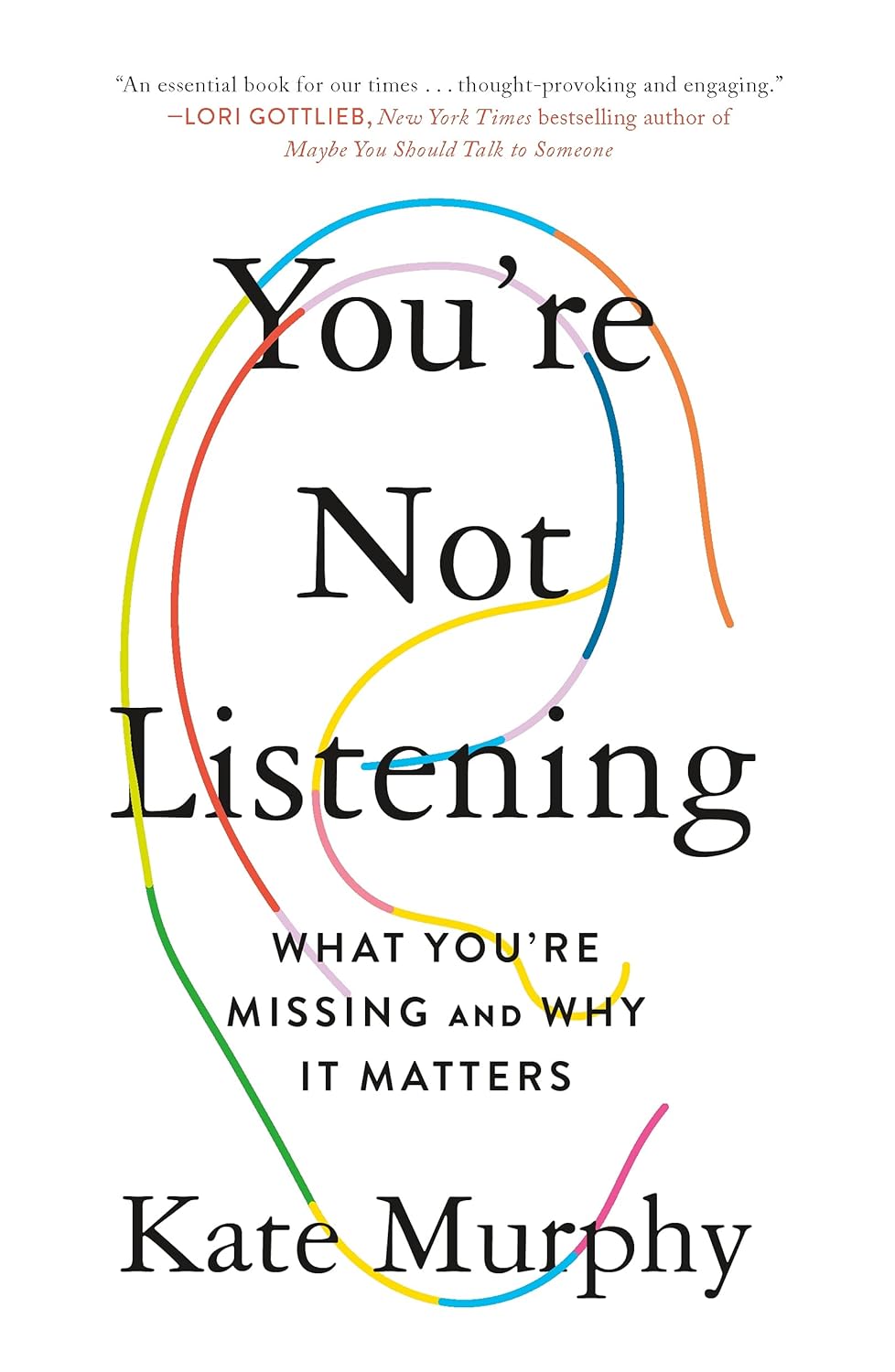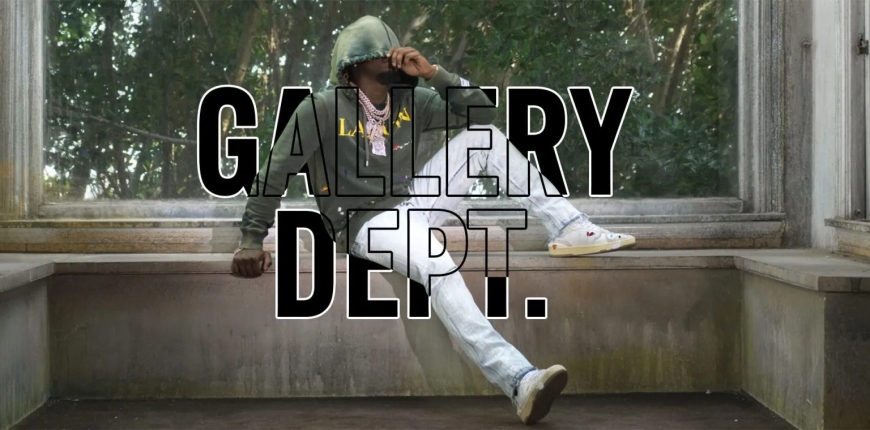Understanding Gallery Depth: A Key Element in Art and Architecture in the USA
critical yet often overlooked concept in the world of art, museum design, and architecture. It refers to the physical depth of a gallery
Gallery depth is a critical yet often overlooked concept in the world of art, museum design, and architecture. It refers to the physical depth of a gallery space—essentially, the distance from the entrance to the far wall—but it also carries implications that go beyond mere dimensions. Gallery depth influences how art is experienced, how visitors move through a space, and how curators arrange exhibitions. In the context of the United States, a country known for its vast cultural institutions and a diverse array of galleries, the concept of gallery depth is especially important.
The Physical and Conceptual Meaning of Gallery Depth
At its most basic level, gallery depth is a spatial measurement. It impacts the way artworks are presented and how lighting, sightlines, and visitor flow are managed. Deeper galleries can accommodate larger works, installations, or immersive exhibitions. Shallower galleries may be more intimate, encouraging close interaction with smaller works or themed displays.
However, “depth” also has a metaphorical or experiential dimension. Deep galleries can evoke a sense of exploration, drawing visitors in and encouraging them to lose themselves in the narrative of an exhibit. The way a gallery is laid out—its depth, width, height, and connectivity to adjacent spaces—can dramatically alter how a viewer perceives and understands the work on display.
Gallery Depth in the Context of U.S. Museums and Art Spaces
In the United States, museums and galleries vary widely in size and architectural style, from the vast halls of the Metropolitan Museum of Art in New York City to the sleek, modern lines of the San Francisco Museum of Modern Art (SFMOMA). These institutions often grapple with the question of how much depth is ideal for different types of collections.
The National Gallery of Art in Washington, D.C., for example, features classical gallery layouts with significant depth, allowing for long sightlines and thematic arrangements of Renaissance or Baroque art. In contrast, contemporary art museums like The Broad in Los Angeles often use gallery depth to create open, flexible spaces for modern installations that may defy conventional hanging or display norms.
Architectural Considerations
Architects and designers must consider gallery depth carefully when planning or renovating a museum. Too much depth can overwhelm visitors or dilute the impact of individual works. Too little, and the space may feel cramped or disjointed. Successful galleries balance depth with lighting, wall placement, and circulation paths.
American architects such as Frank Gehry and Renzo Piano, both of whom have designed major museum spaces in the U.S., are known for manipulating depth to create dramatic, engaging spaces. Gehry’s design of the Guggenheim Museum in Bilbao (though in Spain, but influential globally) inspired similar spatial dynamics in the Walt Disney Concert Hall and influenced gallery design in U.S. museums. Piano’s work on the Renovation of the Whitney Museum in New York reimagined gallery depth to better accommodate contemporary art's spatial demands.
Impact on Visitor Experience
Gallery depth significantly affects how visitors interact with art. A deeper gallery allows for a gradual reveal—visitors may see a large sculpture from afar and approach it slowly, experiencing it from multiple angles. It can also support chronological or thematic storytelling, as viewers move from one end to the other.
In galleries where the depth is used to great effect, such as the Art Institute of Chicago, exhibits unfold naturally, guiding visitors through periods and movements without overwhelming them. This intuitive navigation depends on a delicate balance between spatial depth and accessibility.
Moreover, deeper galleries often facilitate inclusivity by accommodating wider aisles for mobility devices and seating for rest, making art more accessible to a broader audience.
Curatorial Strategy and Flexibility
Curators in the United States use gallery depth to frame their narratives. For example, a deep gallery space might be segmented into smaller thematic areas using temporary walls or installations, giving curators flexibility in exhibit design. In contrast, a shallow space might be best for single-artist exhibits or focused collections.
Temporary exhibitions often benefit from modular design principles that respond to the depth of the gallery. Museums like the Museum of Modern Art (MoMA) in New York are known for their ability to transform spaces depending on the needs of the exhibit, frequently manipulating the depth to create more intimate or expansive settings as needed.
Technological Integration
In the digital age, gallery depth is also influenced by technological innovation. Projection art, immersive video installations, and interactive exhibits require space—not just in terms of square footage, but in how visitors move and engage with the technology. U.S. institutions are at the forefront of integrating these elements, using gallery depth not only to display art but to create environments that immerse and involve the viewer.
The ARTECHOUSE in Washington, D.C., for instance, uses extended gallery spaces to host technology-driven exhibitions that rely heavily on the depth and layout of the gallery to deliver an engaging experience.
Conclusion
Gallery depth is more than an architectural specification—it’s a vital part of how art is presented and experienced. In the United States, where galleries range from historic institutions to cutting-edge contemporary spaces, the consideration of depth plays a pivotal role in both design and curatorial strategy. Whether creating intimacy, grandeur, or interactivity, gallery depth remains a fundamental factor in shaping the cultural experiences of millions of visitors across the country.
As art continues to evolve, so too will our understanding of space and depth—ensuring that galleries remain not just places to view art, but places to truly experience it.


































































![https //g.co/recover for help [1-866-719-1006]](https://newsquo.com/uploads/images/202506/image_430x256_684949454da3e.jpg)


























![How Smart PMs Scale Their Careers in Any Org [TPG Live Recap]](https://tpgblog.com/wp-content/uploads/2025/06/2025-06-12-thumbnail-action.png?#)



















































